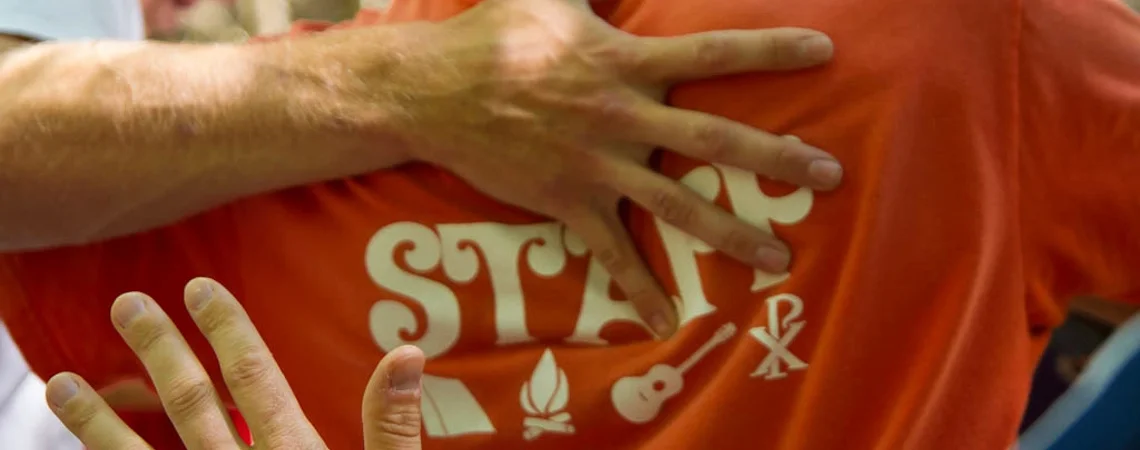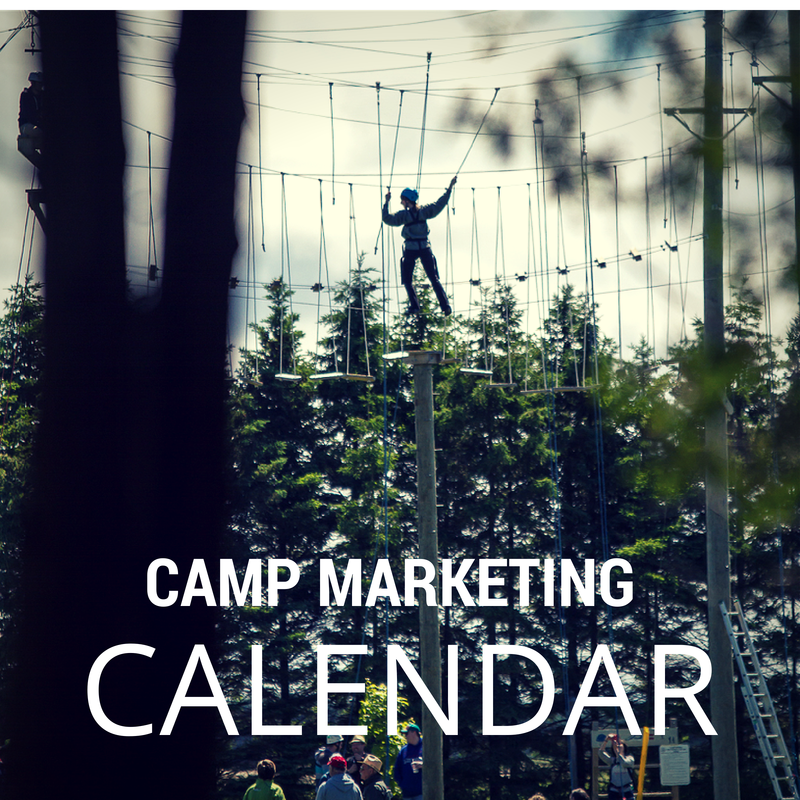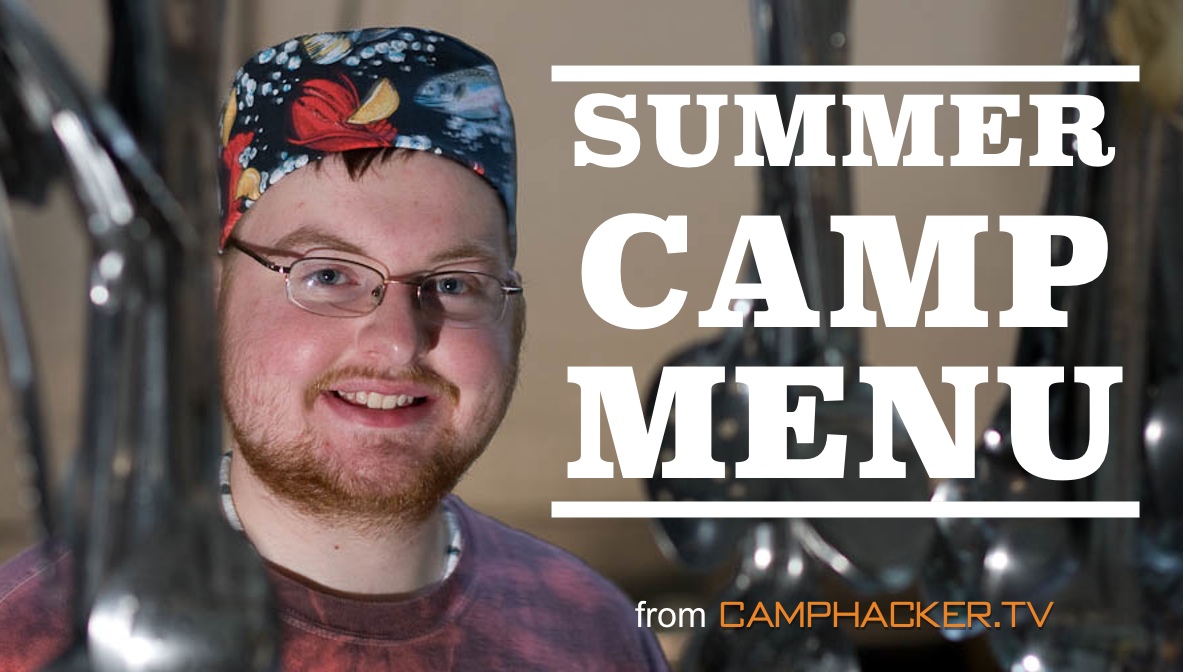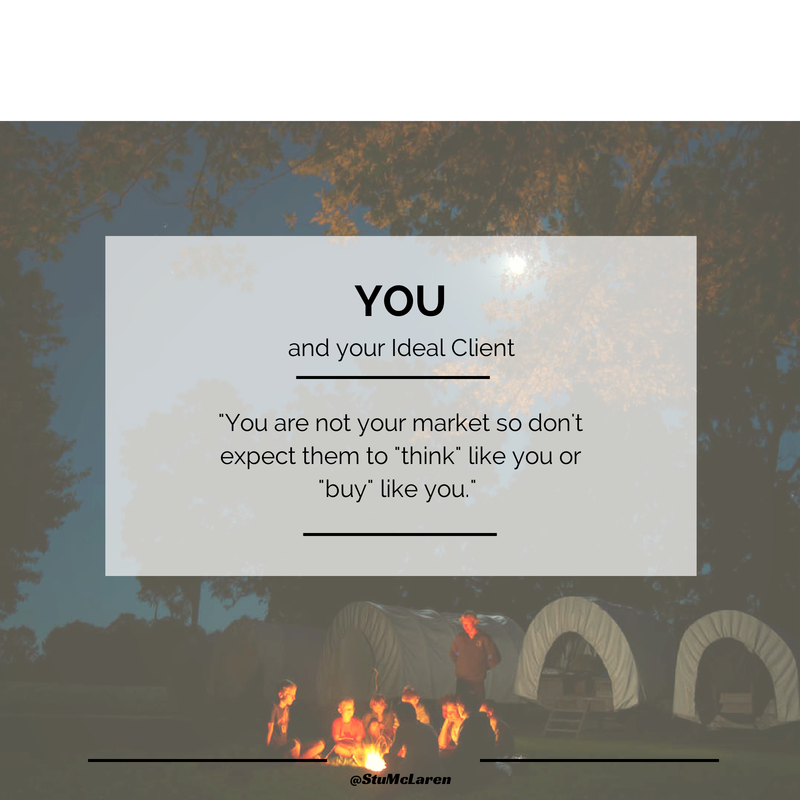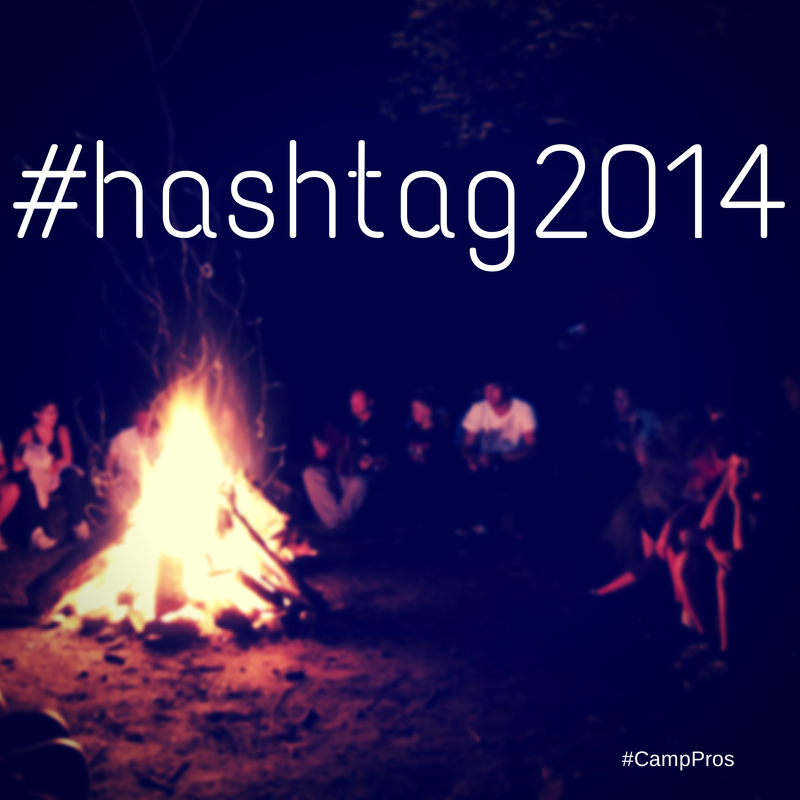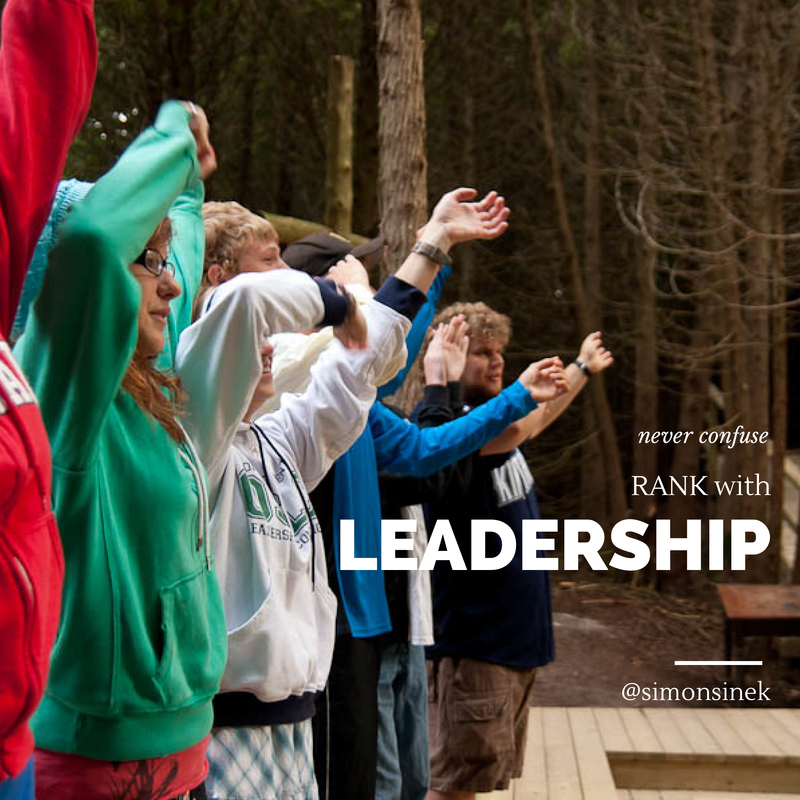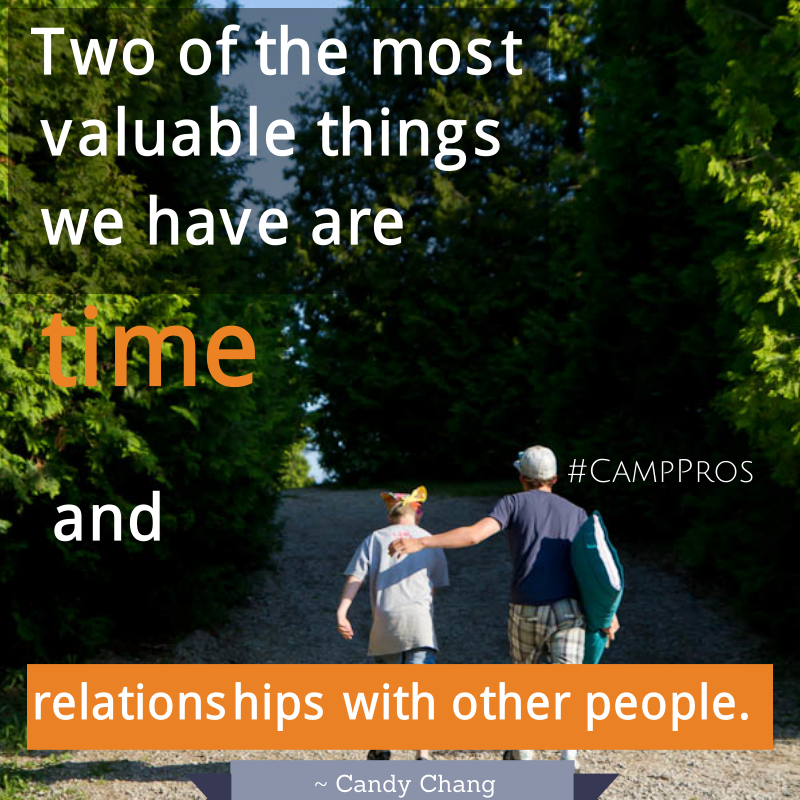Food brings people together - we celebrate birthdays with cake, we reconnect with old friends over coffee, we teach children precision and patience while baking cookies. None of this is new, we’ve been breaking bread together since, well, since before sliced bread!
I have always loved cooking and baking. I love making a perfect meal or treat, visually appealing, delicious and creative. But let’s face it - when you are making meals for a hundred or so folks in a sweltering, bustling kitchen, 3 times a day, every day, some of the joy ebbs. On some days, there is no joy at all. There are aprons that used to have clever puns on them before they became battered and buttered, there is a pressing sense of urgency, and sweat. Unimaginable, I-didn’t-know-I-could-sweat-that-much amounts of sweat. Hot yoga amounts of sweat.
I think it can be hard for non-kitchen staff to understand how separate the kitchen can sometimes feel from the rest of camp. We get all the exhaustion without the rewards of seeing campers grow and giggle. On those days, we have to remember that we are a part of camp - we are a part of life-changing and magic-making. One way to remind ourselves of this is to bring programming to the kitchen.
The camp kitchen presents an untapped oasis of all the good things camp stands for - connection, learning, whole-person nourishment, wonder, and joy. Not only do camp kitchens offer a programming area that already exists, but bringing camp into the kitchen has all kinds of benefits for kitchen staff, too.
Programming in the kitchen takes a little planning and maybe even menu-tweaking, but if done well, it can help camp staff connect with campers, and can even reduce the workload. Not only does kitchen programming benefit staff, but all of camp. Campers gain a sense of pride and responsibility as they help feed camp, get to interact with the mysterious kitchen staff, and foster life-skills that will benefit them into adulthood. Below is a guide to developing the kitchen as a programming area, adaptable to any kitchen.
Time, Space, and Staff
Before developing your program, you’ll have to seriously consider these three things: time, space, and staff involvement. How much time can you dedicate, what kind of space is there to accommodate campers, and who will be running the programming?
First, you’ll need to consider how much time you can dedicate to kitchen programming. Maybe you’ll decide to open up to programming as a rainy-day backup plan, or maybe you’ll strive to get campers in the kitchen every day! Be realistic with your time - ease into programming with a few trial runs to get a grasp of time commitment.
Next, you’ll need to think about space. Is there enough space in your kitchen to accommodate a group of campers? Is there space for campers to work without interrupting other meal preparation? If your kitchen is too small, is there a clean space close-by to work in, such as a dining hall? Mixing bowls and ingredients can always be portable, even if the oven isn’t.
Finally, think about staff involvement. You may want low-involvement programming, like providing a recipe and instructions to a counselor and making yourself available for questions. Or, you may want higher involvement, working side-by-side with campers and counsellors.
Considering these factors will help you get a firm idea of how much you are able and willing to dedicate to programming - your schedule may seem full, but with planning, programming is possible in most kitchens.
Coordination
Another factor to consider is coordinating with the rest of camp. How can the kitchen fit into the existing camp schedule? This is a great time to get creative, as camp doesn’t often run on the same schedule as the kitchen. Many camps have schedules that they strongly adhere to and have done so for ages. A new program area may challenge this schedule, but be sure to vocalize the benefits to campers and staff when pitching the idea.
Safety
The kitchen may be the only place at your camp that could truly pass as ‘clean’. Its important to plan to keep the kitchen clean for food safety, but there are other risks in the kitchen to consider, as well. Knives, meat slicers, and even an industrial mixer can be a real risk to camper safety.
Think about how you can protect campers from safety risks. Perhaps consider a staff-only zone where dangerous equipment is kept, and tailor your activities to the ages of campers. A teen camper can probably handle a knife with supervision, but a pre-schooler is probably better suited to a wooden spoon. Diligent supervision and encouraging risk awareness are two great ways to ensure kitchen safety.
Activities
The programming activities in the kitchen can encompass any part of your job you wish to share with campers. Keep in mind that what may seem mundane to you can be exciting for campers - even an industrial dishwasher can be fun with a great playlist and timed challenges. How many plates can you effectively fit on a rack? How fast can you conquer this dish mountain?
Below are a few ways you can involve campers in the kitchen - but don’t let it limit you. Get creative!
- Setting Tables
- Preparing/Cooking a Meal- instructions, recipes, and guidance provided
- Baking/Preparing a part of a meal - i.e. baking cornbread to go with chili
- Baking/Preparing Snack for all of camp
- Baking/Preparing Dessert for all of camp
- Baking/Preparing a treat for their own cabin - think cookies and story-time
- Birthday Baking - preparing a treat for someone with a birthday
- Surprise baked goods for other cabins - have campers prepare a batch of cookies for another cabin and make a secret mission out of anonymously delivering them
- Preparing the Salad Bar
- Costumed Menu Announcements - picture campers dressed as chickens and corn on the cob
- Illustrated Menus (Reusable Whiteboard)
- Dish Duties
- Garbage and Recycling Duties
- Serving - either delivering food to tables or dishing out refills if appropriate
- Meal cleanup
Feedback
Like any new program area, its important to set up avenues for feedback and be prepared to use it. Find ways of communicating with campers and staff about their kitchen experiences or open yourself to suggestions for new activities.
[Note from Travis: If you like Meghan's summer camp recipes you'll LOVE her 3 Week Summer Camp Menu! Purchase it right now]

